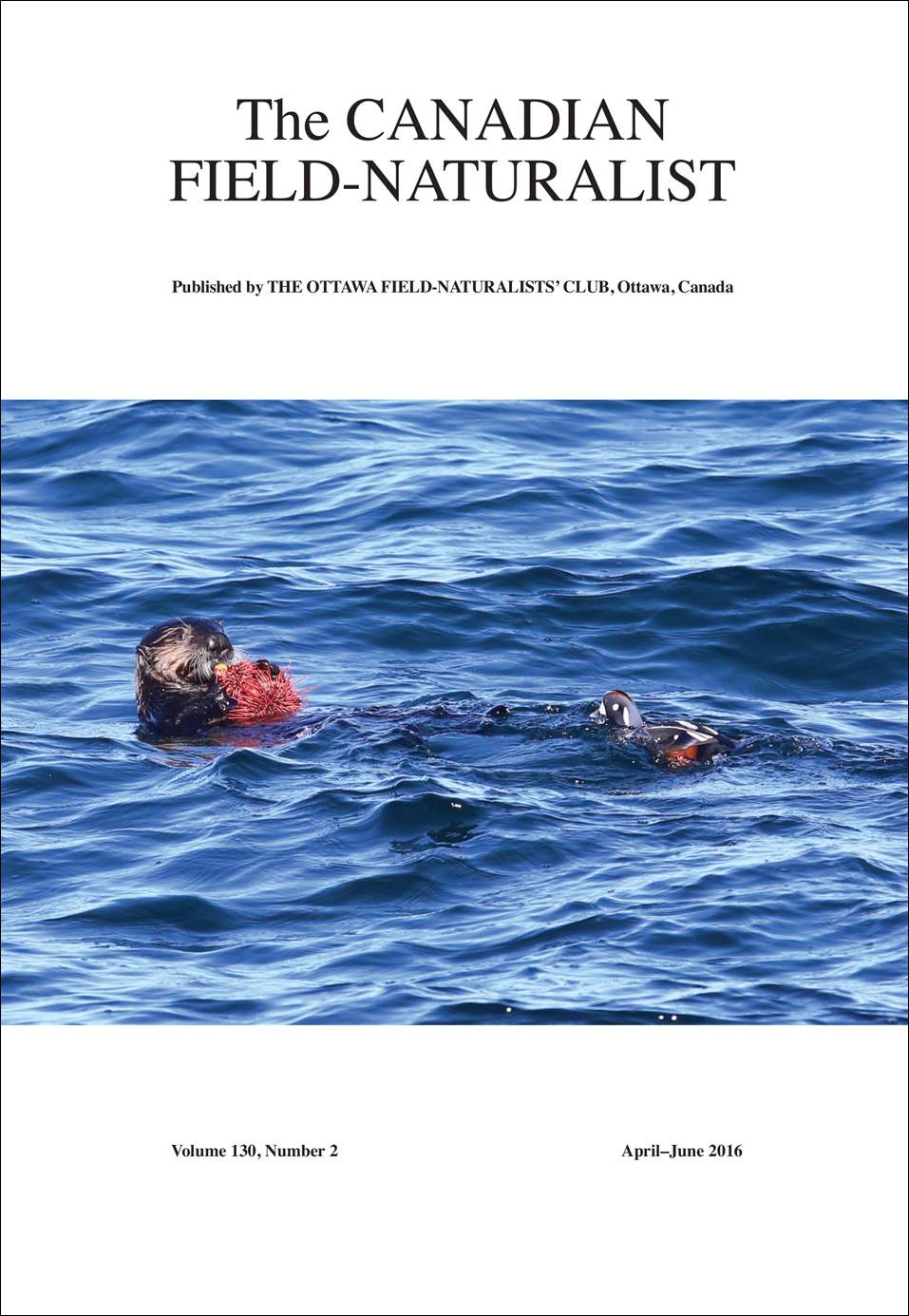The History of Elk (Cervus canadensis) Restoration in Ontario
DOI :
https://doi.org/10.22621/cfn.v130i2.1842Mots-clés :
Cervus canadensis, Elk, history, mortality, Ontario, restoration, population statusRésumé
Elk (Cervus canadensis) historically inhabited southern Quebec and central Ontario, but, by the early 1900s, the species was extirpated from this region. Attempts to re-establish an Elk population in Ontario during the first half of the 20th century had limited success. We reviewed historical documents, population census records, and a previous study pertaining to Elk reintroduced to Ontario in the early 1900s for clues to the cause(s) of their limited population growth. After an apparent rapid population increase in the 1940s followed by unregulated hunting during the subsequent 3 decades, Elk abundance in Ontario had not appreciably changed from 1970 to 1997, most likely because of the small founding population, unsustainable hunting, and accidental mortality. After the abolition of legal hunting in 1980, natural mortality appeared to be the main limiting factor. A limited sample of pregnancy and calf recruitment rates, body measurements, and physical condition parameters collected in 1993–1997, suggested that adults were healthy, reproducing successfully, and not limited by food availability; thus, it was concluded that remnant Elk populations could be augmented by introducing additional animals. A renewed Elk restoration effort, conducted from 1998 to 2001, imported 443 Elk from Elk Island national Park in Alberta to 4 release areas across central Ontario (Lake of the Woods, Lake Huron North Shore, Nipissing/French River, and Bancroft/North Hastings), resulting in a provincial population of about 800 Elk by 2013.Téléchargements
Publié-e
Numéro
Rubrique
Licence
Copyright for Canadian Field-Naturalist content is held by the Ottawa Field-Naturalists' Club, except for content published by employees of federal government departments, in which case the copyright is held by the Crown. In-copyright content available at the Biodiversity Heritage Library is available for re-use under a Creative Commons Attribution-NonCommercial-ShareAlike 4.0 (CC BY-NC-SA 4.0) licence. For usage of content at the BHL for purposes other than those allowed under this licence, contact us.
To request use of copyright material, please contact our editor, Dr. Dwayne Lepitzki: editor -at- canadianfieldnaturalist -dot- ca





